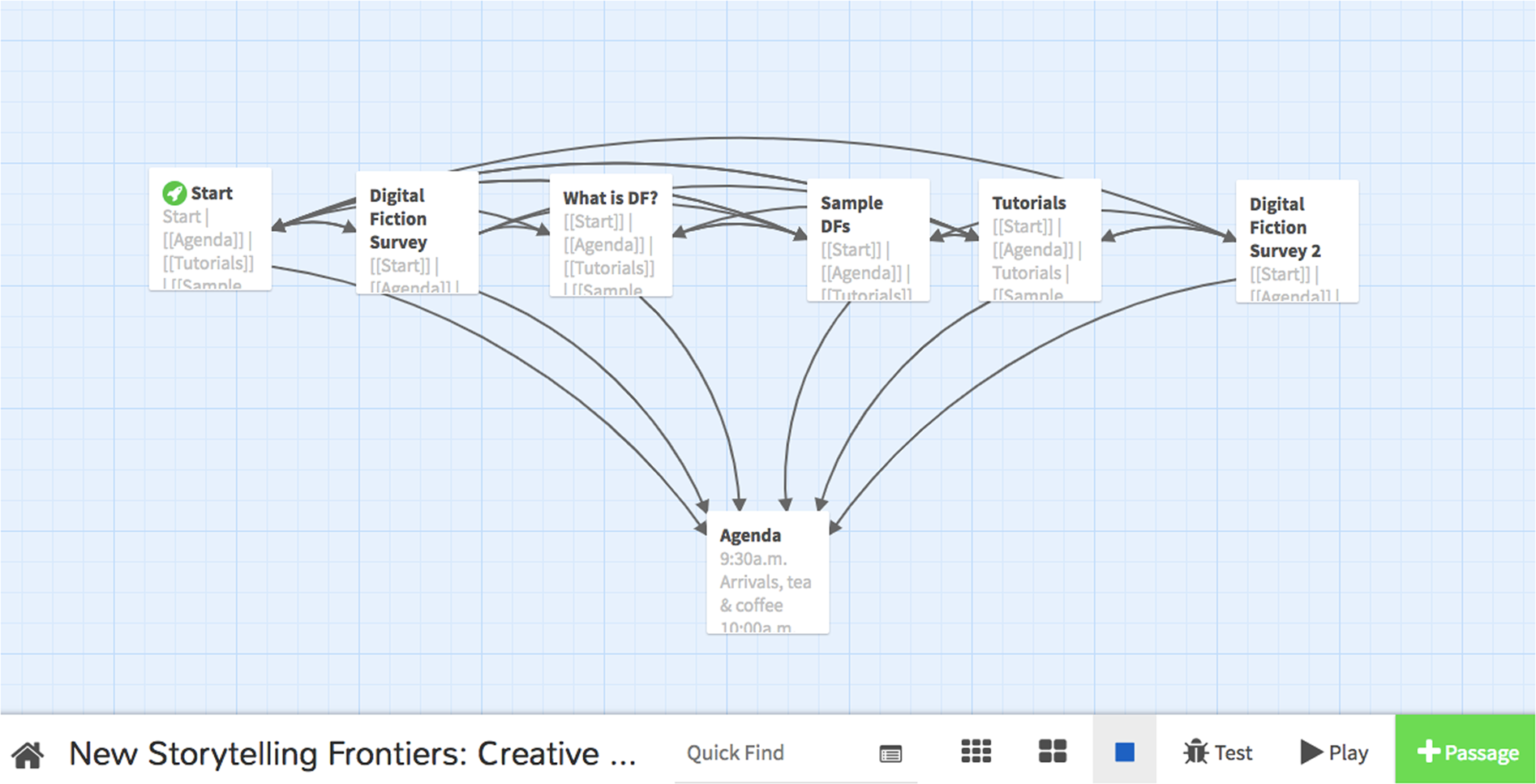Well, a tree-structured data looks something like this:

I’m not sure how pines or oaks change that analogy, or even if it was a reference to a tree-structured data at all.
As to “snowflake”, I suppose it is a reference to the Snowflake Method. Which is basically starting with a single sentence and building your novel structure little by little in ten steps. This is not the actual writing, mind you, just the prep. Or it could be a reference to the fact that snowflake fractals start with a simple shape and go branching until they are the complex and delicate things we know and love. Which is the same idea behind the Snowflake Method, I suppose.
What I do is:
- plot the story like a linear novel;
- identify the branching possibilities and pin down the merging points;
- write from there.
This is called branch-merge (or branch-bottleneck) structure. This is what it looks like:

The continuous branching without merging is called a Time-Cave and looks like this:

At a certain point, it becomes impossible to manage.
The idea of a branch-merge structure is to give players freedom inside each branching section but to make sure that no matter the direction they go, they’ll always hit the necessary plot points. The trick of the trade is to make that look seamless and not railroaded.
For example, in the story I’m writing, the player can choose between two different “side quests”, but no matter which path they take, they’ll always end up on a ship going to the next part of the story. So there’s some freedom in which path they take but they hit the same plot point later on.
You can alternate between that and a hub structure. It should look something like this:

Basically, you have a central scene (hub) that connects different scenes, that may or may not be interconnected. A great example I’ve recently come across was in The Golden Rose WIP. In Chapter 4 you have to explore three different places, the town’s market, the cathedral and the ruins of an aqueduct. Eventually, the player will go through all three places, but they can choose the order in which they go through them. At each one, the player will find a piece of information that altogether will lead the story forward. Everything was done organically with small variations depending on which place you visited first and the time of day (morning, afternoon and evening). In the end, the player will always end in the same place with the same amount of information. But the journey provided enough entertainment to mask this “rigidity”.
Besides all this, you can use different techniques like delayed branching, dynamic callbacks, having different plotlines happening at the same time not have merging points together, which gives the impression that there are multiple, dynamic elements at play at any given moment, etc.
I recommend reading this post and this post on the subject.
(I found all pictures through google.)
